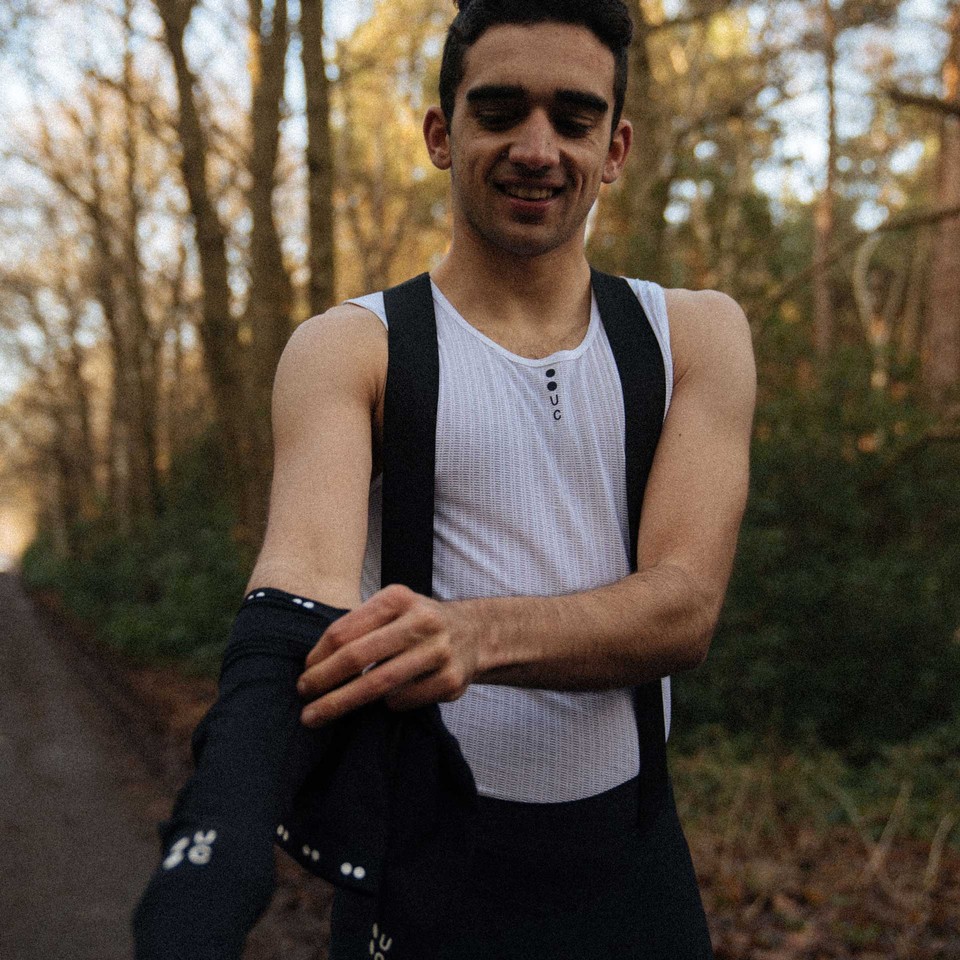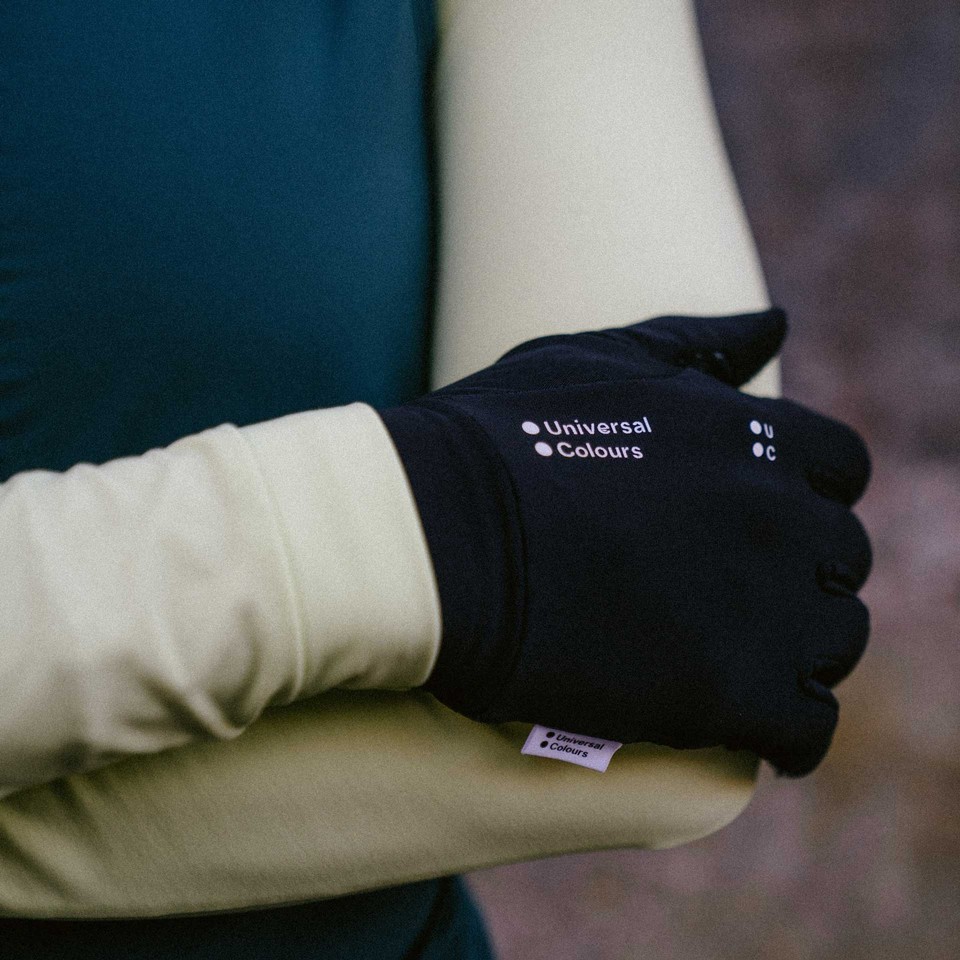
Cycling Clothing
For Autumn and Spring Conditions
Autumn and spring are the most difficult times of the year to get your choice of cycling clothing right. With cold mornings, warm afternoons and erratic heavy rain showers, it’s all a bit of a minefield. Fail to prepare and the chances are you’ll fall into one of two main categories.
The first is the rider who sets out on a chilly morning, braving the cold in their summer kit, hoping the weather heats up. In stark contrast, the other type heads off in a full-length base layer and winter jacket, only to overheat once the sun comes out.
The good news is you don’t need to fall into either of these categories. With a few key additions to your wardrobe, you can ride in comfort, whatever the weather.

Layering Cycling Clothing
If you already own a short sleeve jersey and shorts, this is a great base from which to build up your kit for the transitional seasons. Pop on a sleeveless base layer and you’ll instantly increase the functional temperature range of your existing kit. Arm warmers are another fantastic addition; you can roll them down while climbing, pull them back up for the descents, or store them in your back pocket when the temperature stabilises.

When it’s not quite cold enough for tights or leg warmers, knee warmers represent great value for money; bringing all the benefits of ¾ length knickers at a fraction of the cost, all while enabling you to continue wearing your favourite bib shorts.
Our next recommendation is to bring a packable outer layer for days when the weather looks changeable. Modern outer shell fabrics are highly packable and can fit neatly in your back pocket. What’s more, these garments are perfect for protecting you on those cold and damp early morning rides and can be packed away if the weather improves.
There’s a wide range of choice available, which can be narrowed down depending on whether you want water resistant, waterproof or windproof kit.

What is Windproof Cycling Clothing?
Windproof cycling clothing stops the wind from penetrating the fabric, which can make the rider feel much colder than the air temperature suggests. This problem is compounded when the rider’s perspiration combines with windchill to make them feel very cold, very quickly. We recommend ensuring your windproof layer is highly breathable to combat this.

Water Resistant and Waterproof Cycling Clothing
There is a wide spectrum of options available that vary from shower-proof, highly packable jackets to totally waterproof rain capes. Generally speaking, water-resistant jackets will withstand heavy showers while remaining breathable.
Totally waterproof garments, on the other hand, are better for using in persistent rainfall but can sometimes come at the expense of losing a little in the way of breathability. Then again, the holy grail is a garment that is lightweight, packable, breathable and waterproof.

Protect Your Extremities
Most riders can attest that having cold, wet hands is more than uncomfortable; it can also be dangerous. It's imperative to maintain control over your bike and you don't want the weather impeding your ability to pull your brake levers. Layering gloves is a wonderful way of keeping your hands at the optimum temperature. Start with a comfortable light glove with a little insulation. Then, if icy cold rain threatens to ruin your ride, pop a pair of packable shell-like gloves on top to keep your hands totally protected.

A cycling cap can help protect your head from rainfall while the peak provides shade for your eyes. What’s more, a cap takes up very little space in your pocket should you choose to take it off. Consider a cap with a membrane construction allowing you to literally shake off the beads of moisture, whether that be rain or sweat.
Want to know more about protecting your extremities? Read our guide here.





